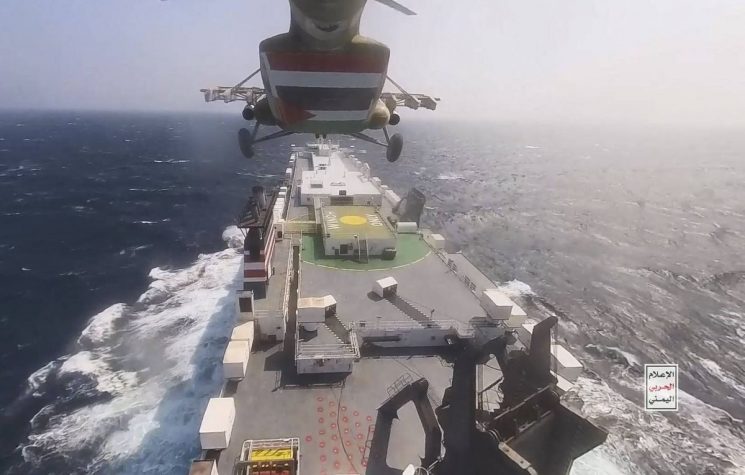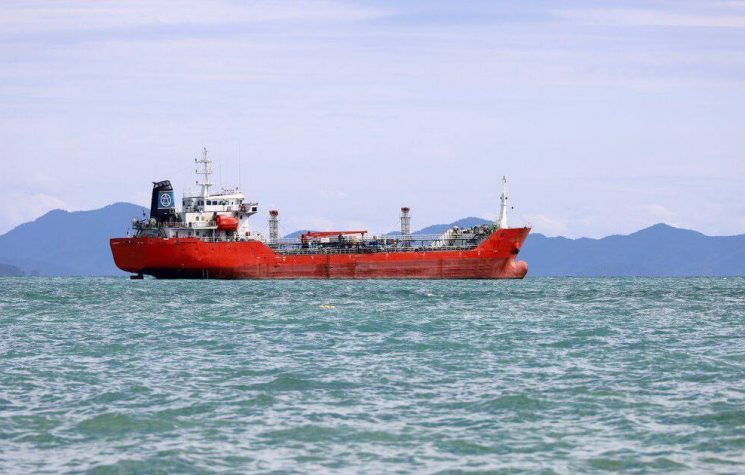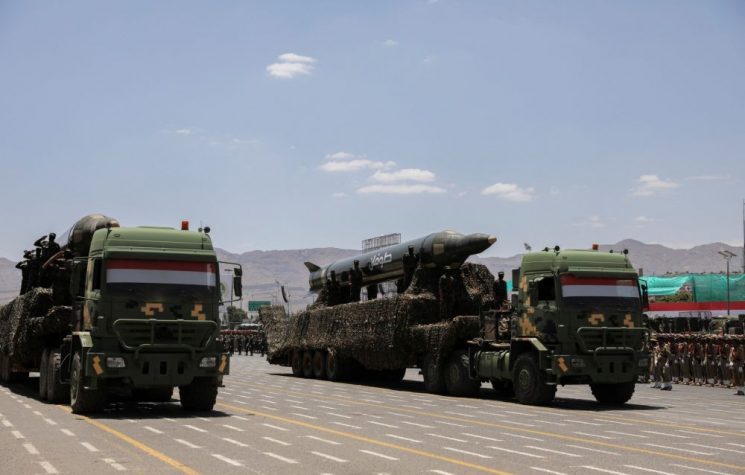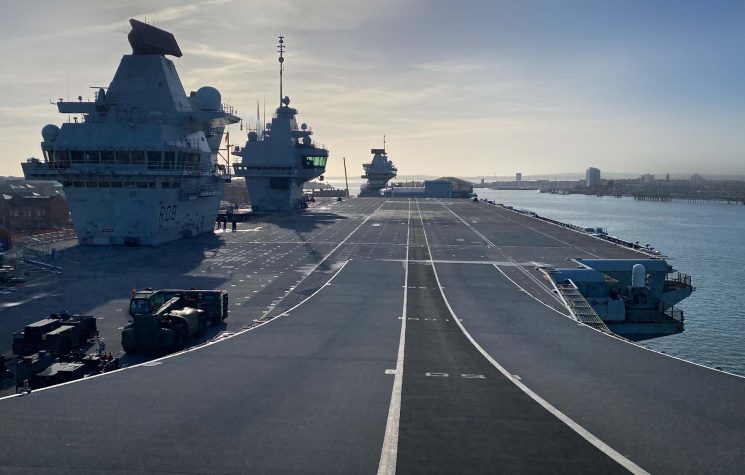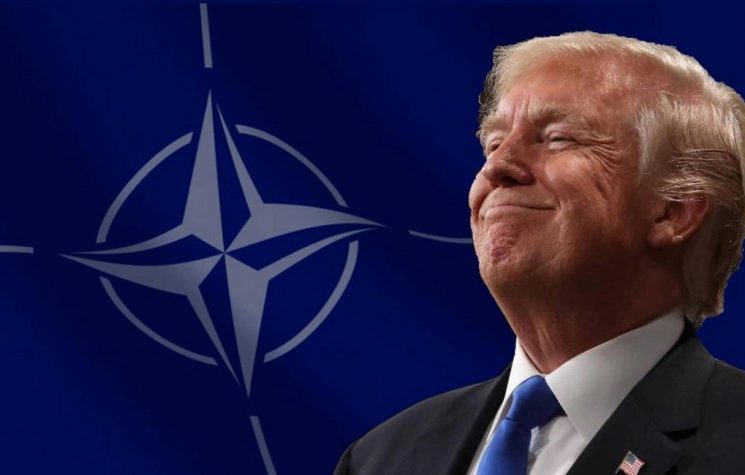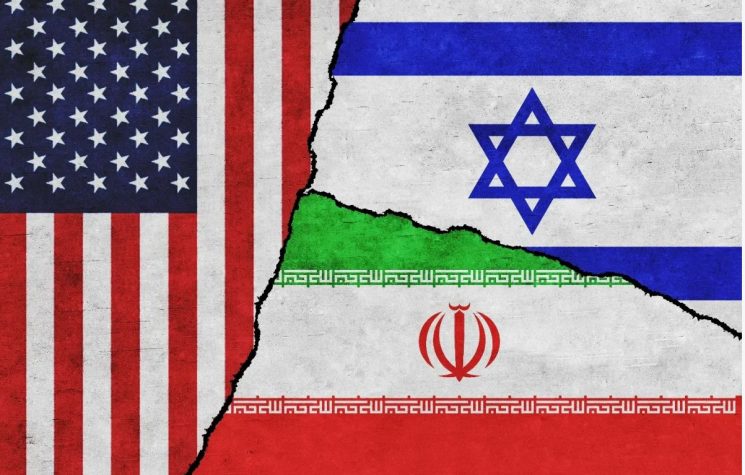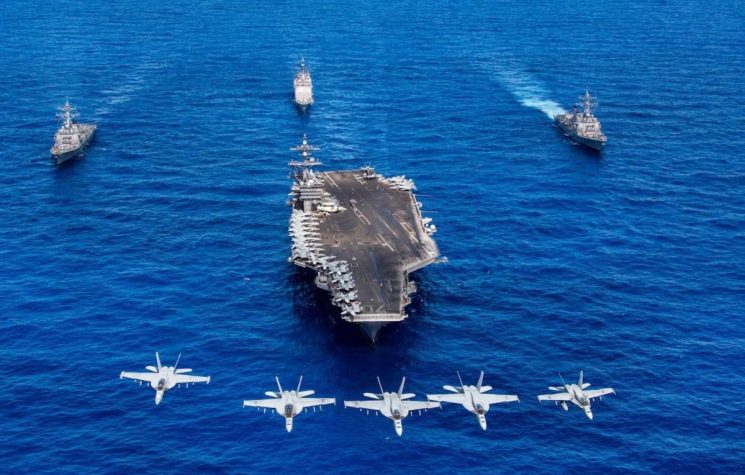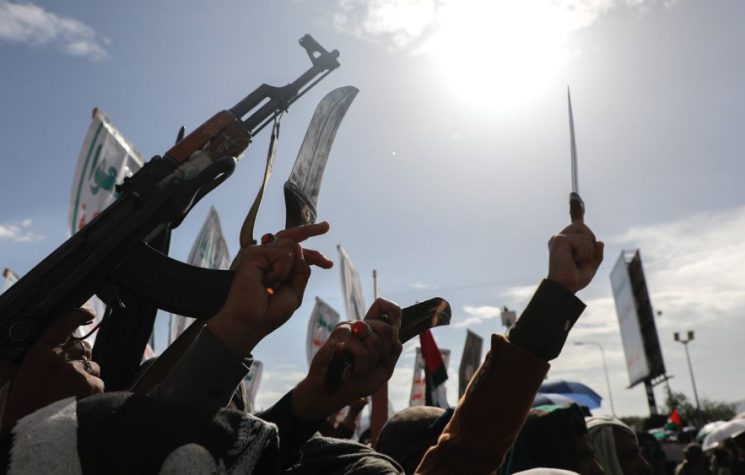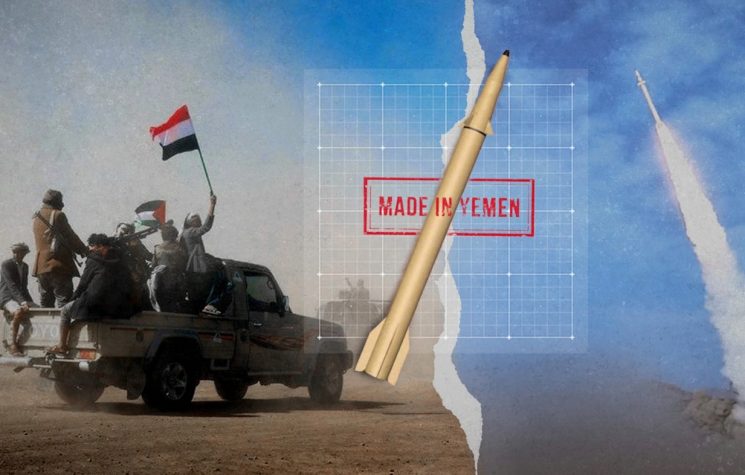Although diplomacy would seem an obvious candidate to help resolve matters, NATO, in its wisdom, long ago discarded that card.
❗️Join us on Telegram![]() , Twitter
, Twitter![]() , and VK
, and VK![]() .
.
Contact us: info@strategic-culture.su
What to do with a problem like Yemen and its 2,000 km (1,200 mile) long Red Sea coastline? And indeed with Eritrea, Djibouti and Somali, all three of which share maritime borders with Yemen.
The issue is that Yemen’s Houthi have decided that all ships using the Red Sea that have any connection, near or far, with Israel, are legitimate targets for its batteries of missiles some of which, as previously discussed, are almost unstoppable ballistic missiles.
The problem is how to sail Israeli and other targeted ships through the Bab el-Mandeb Strait and thence onwards to pay the $500,000-$1,000,000 toll to sail through Egypt’s Suez Canal. This problem is compounded by (Russia’s) dark and grey fleets, which transfer embargoed oil, being allowed free passage and the Chinese, which have a major naval base in nearby Djibouti, playing schlump about the whole matter. NATO’s problem is how to deal with the Houthi, whilst also marginalising China, Iran and Russia, all three of which have very big dogs in this very important fight.
Although diplomacy would seem an obvious candidate to help resolve matters NATO, in its wisdom, long ago discarded that card and China is, in any event, playing a totally different and far more incendiary global game.
On top of all that, NATO’s major shipping lines have their own profiteering demands, which further complicate matters. In essence, those major companies want NATO to escort all its ships, and not just those flying NATO flags, in convoy through the Red Sea. Although that would benefit them, NATO is primarily obliged to protect its own fleet and not the 40% of the world’s ships that fly the flags of open registry countries like Panama, Liberia and the Marshall Islands or, heaven forbid, that transport dark or grey cargo on behalf of Russia and its partners. And, if that were not enough, many non-eligible ships carry military ordnance for NATO and, most likely, Israel as well.
Even if NATO were, like Tom Hanks in Greyhound, to convoy some or all of those ships through the Red Sea, there is no guarantee that they would not be hit there or further up the chain, say in the Suez Canal itself. Although convoys are a risk those large shipping companies should probably run, their extreme risk aversion means they instead prefer to detour past the entire African continent and thereby weaken NATO’s already weak supply chains by needlessly extending them. NATO’s shipping companies are divided on how best to respond and, of course, a house divided cannot stand.
The second and third options are to plonk NATO armadas off the Yemeni coast, to send marines and French legionaries ashore and to bomb the living shit out of the Yemeni, to poke the Houthi hornet’s nest, in other words and make them bleed, something they are long inured to.
Although these are scenarios NATO’s High Command has yet to fully war game out, retired US Vice Admiral James Stavridris, who now fronts the Carlyle Group, summarises the main issues in this revealing article, where he points to the domino effect on global supply chains, where combatting swarms of cheap Houthi (and, later Iranian?) drones is a very expensive proposition and where alternative options to obliterate the Houthi threat are haram.
These other options include arming merchant shipping with appropriate weaponry, a solution that would be unacceptable to any neutral port the ships might like to dock in. Stavridris’ solution, unsurprisingly for NATO’s former military commander, is to bomb the living shit out of Yemen, “to carry out offensive strikes against targets ashore, perhaps using Tomahawk missiles and attack aircraft from the carrier USS Eisenhower, now patrolling the Gulf of Oman.”
All well and good but the Houthi are mobile and they have a lot of real estate to play about in, not only in Yemen itself but in contiguous countries. And that is before we consider Iran’s plans to have giant flotillas of small but highly armed speedboats causing mayhem in nearby waters, should the need arise. You can swat all the Houthi and Iranian mosquitoes you like but you will still get badly bitten.
Stavridris is undeterred by any of that. He believes that if saturation bombing does not work, “it would be entirely appropriate to strike the sponsor — Iran — especially its maritime infrastructure in the north Indian Ocean and the Gulf. This could include oil and gas platforms, port facilities and patrol vessels of the Islamic Revolutionary Guard Corps.”
All of which makes eminent sense if the problem is a solitary nail and NATO’s navy is, as it always seems to be, a hammer capable of hammering down only one defenceless group of people at a time.
The issue here is that the Houthi, perhaps in cahoots with Iran, have shown that global supply lines are easily interdicted and Stavridis, Hanks and their Hollywood armadas notwithstanding, NATO and its merchant marine fleet can no longer ride roughshod over even marginal players like the Houthi, Hezbollah and Hamas, never mind Russia and, with regards to Asian waters, China, whose Fishing Militia has helped inspired Iran to form its own Maritime Militia of some 55,000 voluntary forces with 33,000 vessels.
And then there is NATO’s very odd toehold of Djibouti, which is home to military bases belonging to Germany, Spain, Italy, France, the United States, Britain, China, and Saudi Arabia, with Russia and India also being eager to set up shop there. Not only does Djibouti depend on the rents from these bases to stay afloat but Djibouti’s growing national debt is such that she can have no independent diplomatic leverage. Djibouti’s increased debt to China, which promised to make it another Dubai, means that it is a “black box” of a looming danger in the region – a danger that arises from the competition over military bases that goes much beyond the Houthi’s pinpricks.
If the Houthi were not already sufficiently riled up, NATO’s plans to build a Ben Gurion Canal from the Gulf of Aqaba via a flattened Gaza to the Mediterranean is sure to really get up their noses. Leaving all other considerations aside, Aqaba is best known in the West from Lawrence of Arabia, where Hollywood heart throb Peter O’Toole led Arab tribesmen to a famous victory over the Turks embedded there, even though that assault put the infamous Sykes-Picot Agreement to carve up Ottoman Arabia in jeopardy.
Though the consequences of the Sykes Picot Agreement and the related Balfour Declaration still have the noses of the Houthi and very many others out of joint, it seems NATO is prepared to play this game through to the end not only in the Gulf of Suez, the Gulf of Aqaba and the other West Asian choke points the Houthi and their allies have a presence in but much further afield to the Strait of Malacca and the Taiwan Strait as well. And, though the hammer happy US Vice Admiral James Stavridris no doubt has a solution for them factored around Tomahawk missiles, US marines and French paratroopers, one can only surmise that NATO’s adventurism in the Red Sea is the latest of several nails it is hammering into its own coffin.










